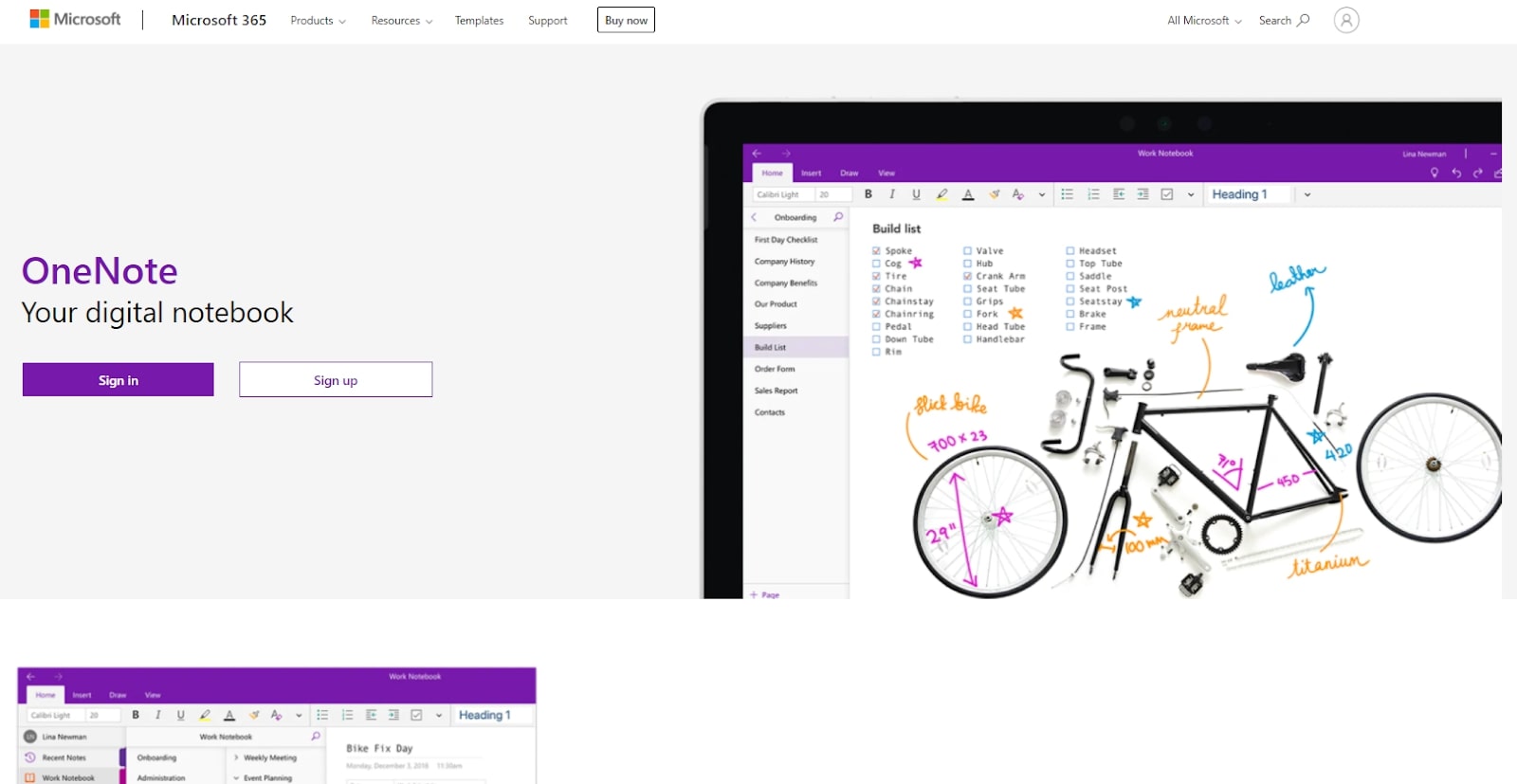

The built-in Windows 10 version of OneNote can only store notebooks in Microsoft OneDrive cloud storage while the OneNote desktop app offers the option to either store in the cloud (i.e., a personal OneDrive folder, a team-oriented Microsoft SharePoint folder, among other cloud-based options) or on a local hard drive. The most obvious difference between the built-in OneNote app for Windows 10 and the OneNote desktop app in the Microsoft Office suite is the ability to deal with local OneNote files. Storing OneNote files in the public cloud vs. This blog post will cut through the current confusion around the two separate OneNote apps-and give you expert insights into what your organization must do to prepare for using the unified OneNote app in the future. Amaxra consultants are often asked by our clients to explain the differences between the OneNote desktop app for Microsoft Office and the built-in Windows 10 OneNote app. It’s a smart move by Microsoft because unifying the two separate apps into a single codebase reduces their overall costs while minimizing the “which OneNote app should I be using?” questions asked by customers. In 2021, Microsoft announced that these two separate apps will be slowly combined into a single unified OneNote by the end of 2022. Originally offered as a premium notetaking app in the Microsoft Office 2003 productivity suite, the OneNote app was in 2018 split into two separate versions: a premium “desktop” app for Microsoft Office customers and a stripped-down version available for free that was built into every copy of the Microsoft Windows 10 operating system. For almost twenty years, the Microsoft OneNote desktop app has been the ultimate in digital notetaking.


 0 kommentar(er)
0 kommentar(er)
